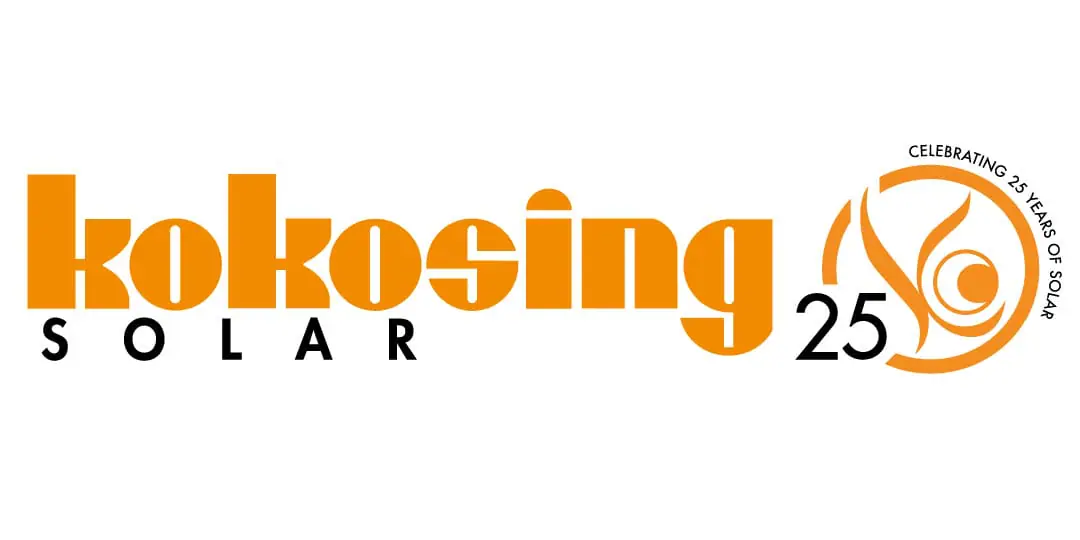The Koch Attack on Solar Energy
By THE EDITORIAL BOARD
At long last, the Koch brothers and their conservative allies in state government have found a new tax they can support. Naturally it’s a tax on something the country needs: solar energy panels.
For the last few months, the Kochs and other big polluters have been spending heavily to fight incentives for renewable energy, which have been adopted by most states. They particularly dislike state laws that allow homeowners with solar panels to sell power they don’t need back to electric utilities. So they’ve been pushing legislatures to impose a surtax on this increasingly popular practice, hoping to make installing solar panels on houses less attractive.
Oklahoma lawmakers recently approved such a surcharge at the behest of the American Legislative Exchange Council, the conservative group that often dictates bills to Republican statehouses and receives financing from the utility industry and fossil-fuel producers, including the Kochs. As The Los Angeles Times reported recently, the Kochs and ALEC have made similar efforts in other states, though they were beaten back by solar advocates in Kansas and the surtax was reduced to $5 a month in Arizona.
But the Big Carbon advocates aren’t giving up. The same group is trying to repeal or freeze Ohio’s requirement that 12.5 percent of the state’s electric power come from renewable sources like solar and wind by 2025. [The bill trying to repeal clean energy requirements is SB-310.] Twenty-nine states have established similar standards that call for 10 percent or more in renewable power. These states can now anticipate well-financed campaigns to eliminate these targets or scale them back.
The coal producers’ motivation is clear: They see solar and wind energy as a long-term threat to their businesses. That might seem distant at the moment, when nearly 40 percent of the nation’s electricity is still generated by coal, and when less than 1 percent of power customers have solar arrays. (It is slightly higher in California and Hawaii.) But given new regulations on power-plant emissions of mercury and other pollutants, and the urgent need to reduce global warming emissions, the future clearly lies with renewable energy. In 2013, 29 percent of newly installed generation capacity came from solar, compared with 10 percent in 2012.
Renewables are good for economic as well as environmental reasons, as most states know. (More than 143,000 now work in the solar industry.) Currently, 43 states require utilities to buy excess power generated by consumers with solar arrays. This practice, known as net metering, essentially runs electric meters backward when power flows from rooftop solar panels into the grid, giving consumers a credit for the power they generate but don’t use.
The utilities hate this requirement, for obvious reasons. A report by the Edison Electric Institute, the lobbying arm of the power industry, says this kind of law will put “a squeeze on profitability,” and warns that if state incentives are not rolled back, “it may be too late to repair the utility business model.”
Since that’s an unsympathetic argument, the utilities have devised another: Solar expansion, they claim, will actually hurt consumers. The Arizona Public Service Company, the state’s largest utility, funneled large sums through a Koch operative to a nonprofit group that ran an ad claiming net metering would hurt older people on fixed incomes by raising electric rates. The ad tried to link the requirement to President Obama. Another Koch ad likens the renewable-energy requirement to health care reform, the ultimate insult in that world. “Like Obamacare, it’s another government mandate we can’t afford,” the narrator says.
That line might appeal to Tea Partiers, but it’s deliberately misleading. This campaign is really about the profits of Koch Carbon and the utilities, which to its organizers is much more important than clean air and the consequences of climate change.




